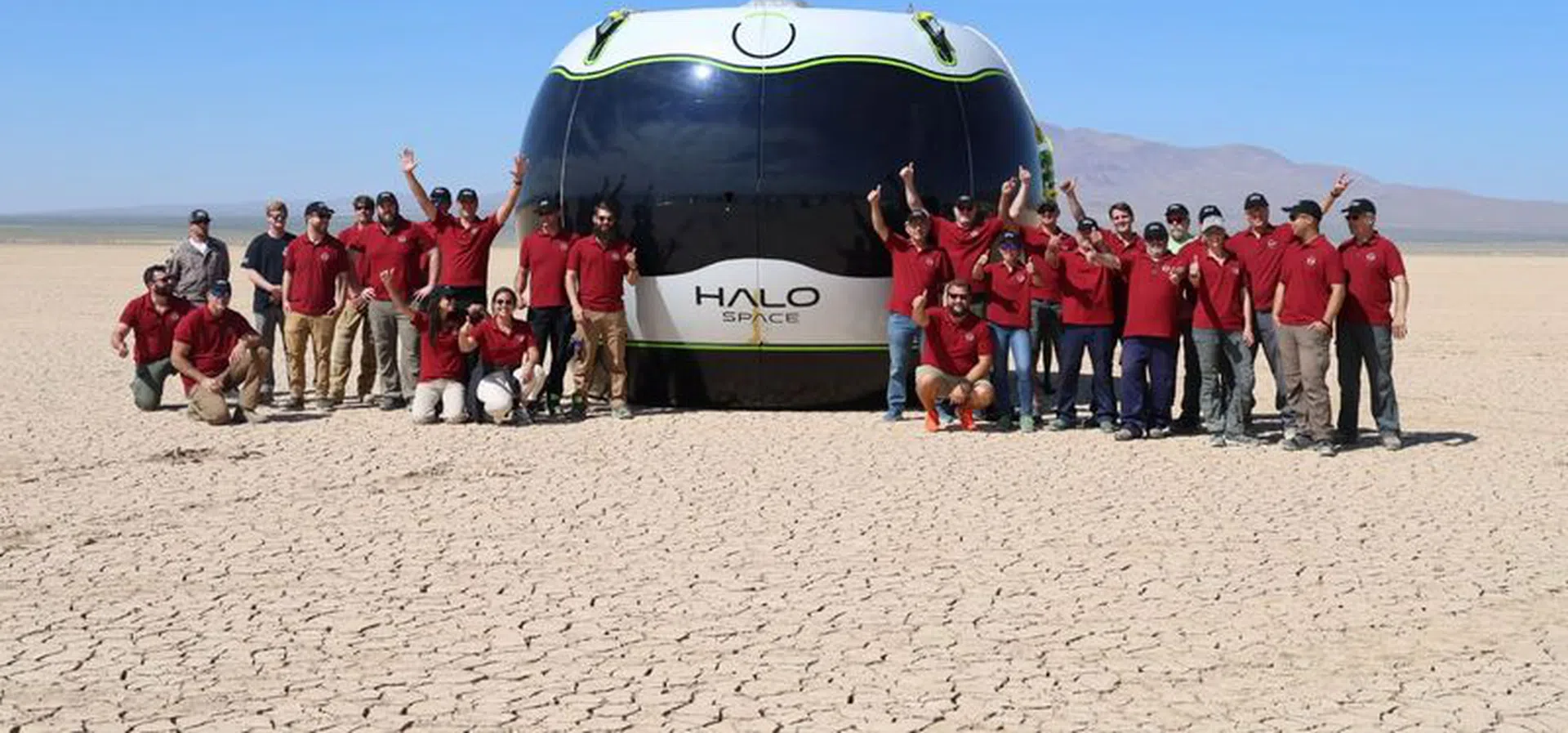Daimler Picks Hungary Over Romania for East Europe Factory

Daimler has chosen the south Hungarian city of Kecskemet as the location for an €800m ($1.24bn, £624m) plant to manufacture two new vehicles in its bottom-end A and B classes, FT.com reported.
The decision, announced on Wednesday, came as a surprise as the German group had been expected to locate its first plant in central and eastern Europe in either Romania or Poland. Hungary, which has higher labor costs and tax rates, had not been regarded as a serious contender.
The country last attracted a big foreign manufacturer in 2005, when the South Korean tyre manufacturer Hankook invested about €500m on a plant.
Senior officials said negotiations between Hungarian officials and Daimler had been under way for a year. All countries in the running are understood to have offered the maximum subsidies allowed under European Union law. Officials said Hungary’s package, which includes tax discounts and cash payments capped at 20 per cent of Daimler’s investment, or €147m, was not decisive.
Janos Koka, who was economics minister with responsibility for investment promotion when negotiations began, said: “We won because the site was well linked in to the motorway network.” Hungary has one of the densest networks in the region.
The availability of labour may also have been a factor. Although Romania and Poland have been attractive to manufacturers looking to outsource, strong growth and migration to western Europe have made for tight labor markets and fast-rising wages.
Work on the plant, which will directly employ about 2,500 people, will begin next year, with the first of 100,000 cars that will be produced annually to roll off the production line in 2011.
Ferenc Gyurcsany, Hungary’s prime minister, said: “Daimler’s decision represents the biggest single investment in Hungary’s history.”
Dieter Zetsche, Daimler’s chief executive, said the expanded range would allow Mercedes to tap into new customer groups and open new markets. The company already makes small A and B-class cars in Rastatt and the expansion will take the facility to full capacity.
)
&format=webp)
&format=webp)
&format=webp)
&format=webp)

&format=webp)
&format=webp)
&format=webp)